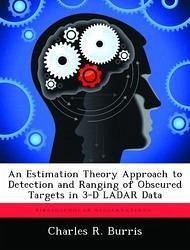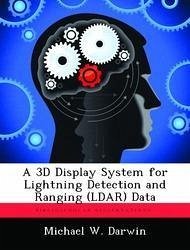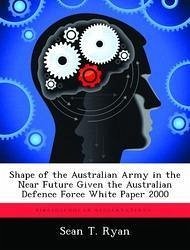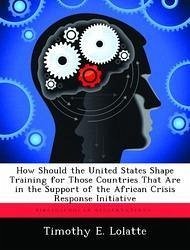Nicht lieferbar
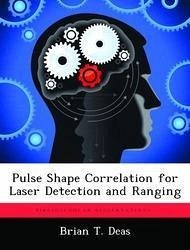
Pulse Shape Correlation for Laser Detection and Ranging
Versandkostenfrei!
Nicht lieferbar
An un-biased range estimation algorithm was developed that countered errors caused by pulse shape effects in laser radar (LADAR) systems. The Advanced Scientific Concepts FLASH LADAR created three-dimensional images by measuring return intensity and time of flight for a single laser pulse. A range estimate was made by estimating the return time of flight from the peak amplitude of the return laser pulse. Range error estimates occurred when the shape of the measured return pulse deviated from the expected pulse shape. A normalized variable shaping correlation algorithm called NOVAS performed th...
An un-biased range estimation algorithm was developed that countered errors caused by pulse shape effects in laser radar (LADAR) systems. The Advanced Scientific Concepts FLASH LADAR created three-dimensional images by measuring return intensity and time of flight for a single laser pulse. A range estimate was made by estimating the return time of flight from the peak amplitude of the return laser pulse. Range error estimates occurred when the shape of the measured return pulse deviated from the expected pulse shape. A normalized variable shaping correlation algorithm called NOVAS performed the correlation between the recorded waveforms and a robust set of Gaussian-based reference waveforms covering a wide range of pulse shapes and asymmetries. While NOVAS did not generate the most accurate range estimates due to noise sensitivity, it was able to produce an estimate of the average asymmetric pulse shape. The NOVAS generated average (NGA) asymmetric pulse shape produced a more accurate average range estimate than the NGA symmetric pulse shape in six of seven trials and produced a more accurate average range estimate with less variance than an arbitrarily chosen symmetric reference waveform in all of seven trials.




